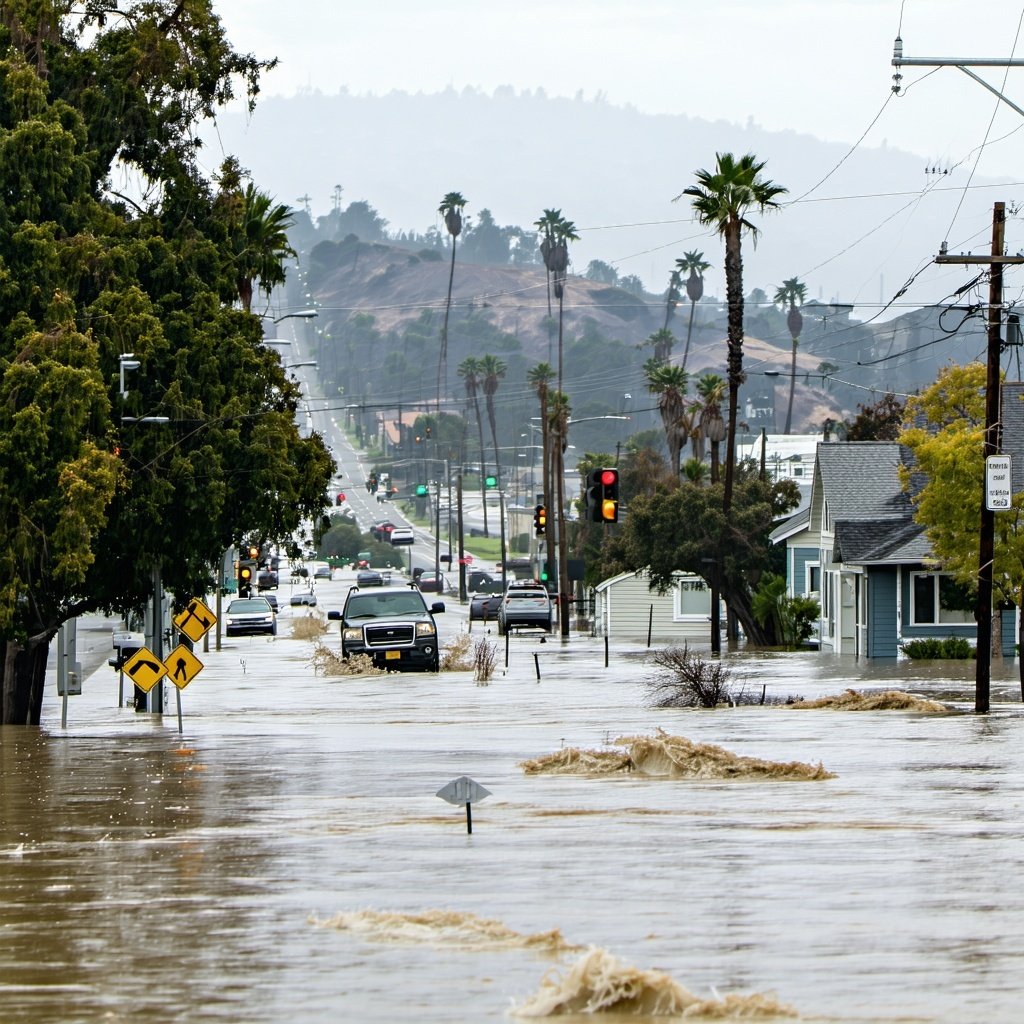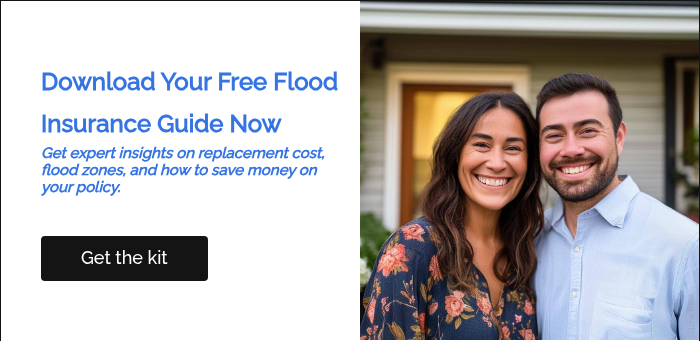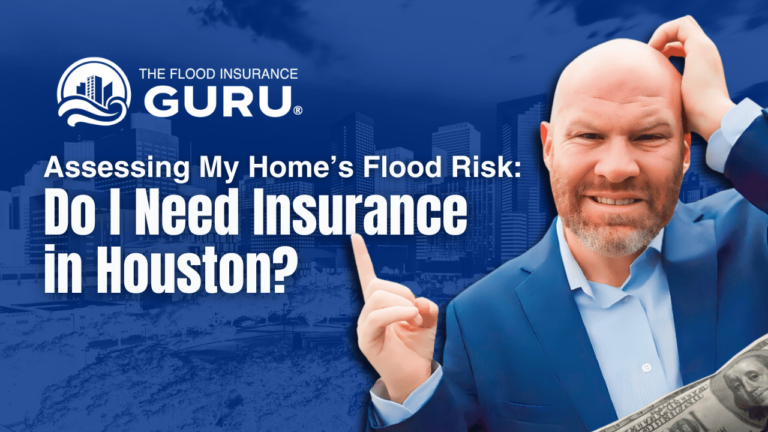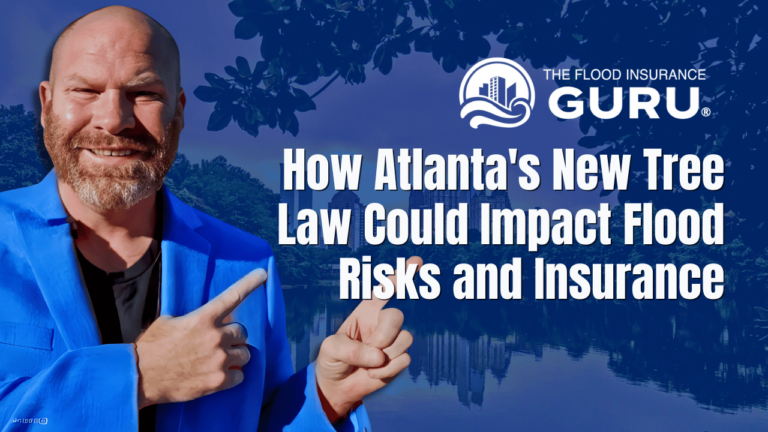What They Aren
What THEY Aren’t Telling You About California Flood Insurance (2025)
California is facing yet another devastating wave of flooding, and with it comes heartbreaking stories of homes destroyed, lives uprooted, and dreams shattered. As the president and owner of The Flood Insurance Channel, I’ve seen firsthand how these floods impact individuals and families—especially those who believed they were safe because they weren’t in a designated flood zone. In this article, I’m going to dive deep into why California is flooding so severely, why so many people are caught off guard, and most importantly, how having the right California flood insurance can protect you from financial ruin.
Understanding the Current California Flooding Crisis
For weeks, California has been inundated with heavy rains and rising waters, leading to widespread flooding. This isn’t just a one-time event; it’s part of an ongoing pattern that experts are observing across the state and the country. What’s shocking is how many people are losing everything despite not living in what is traditionally considered a flood zone.
Here’s the truth: about 30% of people who suffer flood losses are not in areas where flood insurance is required by banks or federal regulations. This statistic alone highlights a massive gap in public understanding and preparedness. Many homeowners think, “I’m not in a flood zone, so I don’t need flood insurance,” but flood maps don’t always tell the full story.
Why Flood Maps Can Be Misleading
Flood maps are designed to identify areas with the highest risk of flooding, but they don’t capture every potential flood scenario. Changes in weather patterns, urban development, and climate shifts mean that areas previously considered safe can suddenly become vulnerable.
Moreover, many flood maps are outdated or don’t reflect localized risks such as flash floods, drainage issues, or sudden river overflows. When people rely solely on these maps, they often underestimate their risk, leading to a false sense of security.
This is why I emphasize that even if your property isn’t in a federally designated flood zone, you should still seriously consider purchasing flood insurance. Flooding can strike anywhere, and the financial consequences of being uninsured are devastating.
The Financial Impact of Flooding Without Insurance
Imagine coming home after a storm to find your basement, living room, or even the entire house flooded. Without flood insurance, you’re left to cover the repairs and replacement costs out of pocket. For many, this means financial devastation, bankruptcy, or even losing their home altogether.
Flood damage isn’t limited to just structural repairs. It also includes replacing furniture, electronics, personal belongings, and sometimes even vehicles. The total cost can easily reach hundreds of thousands of dollars. For people without insurance, that financial burden can be insurmountable.
One of the most heartbreaking parts of this crisis is hearing from people who say, “I didn’t understand why I was flooding—I’m not in a flood zone.” Unfortunately, the reality is that flood insurance is not just for those in high-risk zones; it’s a necessary safeguard for many more homeowners than most realize.
How California Flood Insurance Can Protect You
Flood insurance is one of the most affordable policies you can purchase, especially when you consider the cost of flood damage without it. In Southern California and across the country, the average flood insurance premium for a home in a required flood zone is about $1,000 a year. This is a small price to pay for peace of mind and financial protection.
Even better, you don’t have to wait until your bank requires flood insurance to buy it. You can proactively protect your home and belongings by purchasing coverage on your own. This is a step that too many people overlook until it’s too late.
Flood insurance policies typically cover:
- Structural damage to your home
- Damage to personal belongings and contents
- Temporary living expenses if your home becomes uninhabitable
Having the right coverage in place means you won’t have to face the financial strain of flood damage alone.
National Flood Insurance Program vs. Private Flood Insurance
There are two main types of flood insurance available: the National Flood Insurance Program (NFIP) and private flood insurance. Each has its pros and cons, and it’s important to understand the differences to choose the best option for your situation.
National Flood Insurance Program (NFIP)
The NFIP is a government-backed program that provides flood insurance to property owners in participating communities. It’s often the default option for many homeowners and is required by lenders in high-risk areas. However, NFIP policies can have limits on coverage and sometimes longer claim processing times.
Private Flood Insurance
Private flood insurance is offered by private insurers and can provide more flexible coverage options, potentially higher limits, and sometimes lower premiums. Private policies may also offer faster claims service and additional protections that NFIP policies don’t cover.
Choosing between NFIP and private flood insurance depends on your specific needs, property location, and risk factors. Consulting with a knowledgeable insurance agent can help you navigate these options and find the right policy.
What You Should Ask Before Purchasing Flood Insurance
Before buying flood insurance, it’s crucial to ask the right questions to ensure you get adequate coverage. Here are some important points to consider:
- What is covered by the policy? Understand what structural components and personal belongings are included.
- Are there any exclusions or limitations? Some policies may exclude certain types of damage or have coverage caps.
- What is the deductible? Know how much you’ll have to pay out of pocket before insurance kicks in.
- Is the policy through NFIP or a private insurer? This affects coverage options and claim processes.
- How much does the premium cost? Compare premiums from different providers to find the best value.
- Does the policy cover temporary living expenses? This can be critical if your home becomes uninhabitable.
Asking these questions upfront can save you from unpleasant surprises if you ever need to file a claim.
Why Acting Now Is Crucial
Flood insurance policies typically have a 30-day waiting period before coverage becomes effective. This means you can’t wait until the storm is imminent to buy insurance and expect to be covered immediately. Flooding in California is not a rare event anymore—it’s becoming increasingly frequent and severe.
By acting now and securing the right flood insurance, you’re taking a proactive step to protect your home and financial future. Don’t wait until it’s too late and you’re facing hundreds of thousands of dollars in damage with no safety net.
Helping You Navigate California Flood Insurance
At The Flood Insurance Channel, we are dedicated to helping homeowners understand their flood risk and find the right insurance coverage. Whether you’re unsure about your flood zone status, confused by flood maps, or overwhelmed by insurance options, we’re here to guide you.
We provide resources like detailed guides on what to ask before purchasing flood insurance and help you explore the differences between NFIP and private flood insurance. Our goal is to make flood insurance simple, affordable, and accessible for everyone.
Remember, flood insurance is not just for those in high-risk areas. It’s a crucial layer of protection for many homeowners in California and beyond. Don’t let confusion or misinformation leave you vulnerable to financial devastation.
Final Thoughts
California’s flooding crisis is a stark reminder of how unpredictable and destructive nature can be. Many people suffer massive losses not because they ignored warnings but because they didn’t realize their risk or the importance of flood insurance.
California flood insurance is a powerful tool to protect yourself from losing everything. It’s affordable, accessible, and can make all the difference when disaster strikes. Don’t wait until the next floodwaters rise—take action now to safeguard your home and your future.
If you want to learn more about flood insurance options or get a personalized quote, don’t hesitate to reach out to experts who can help you navigate this complex landscape. Protect your home, protect your belongings, and protect your peace of mind with the right flood insurance coverage today.
Thanks for sharing the article — it’s well-informed and urgent, which fits the tone of California’s flood situation. Based on its structure and your audience, here’s a targeted FAQ section you can drop near the bottom of the article, just above the conclusion or call to action. It’s optimized for search engines (for potential FAQ schema markup) and covers real buyer concerns:
Frequently Asked Questions About Flood Insurance in California
Q: Do I need flood insurance if I’m not in a flood zone?
A: Yes. Over 30% of flood damage claims come from properties outside designated high-risk flood zones. In California, changes in climate, urban runoff, and post-wildfire landscapes make low-risk areas increasingly vulnerable.
Q: What’s the difference between NFIP and private flood insurance?
A: The NFIP is backed by FEMA and provides standardized coverage, often with limits of $250,000 for buildings and $100,000 for contents. Private flood insurance is issued by non-government carriers, may offer higher limits, faster claims, and broader coverage options like loss-of-use or basement protection.
Q: Is private flood insurance accepted by mortgage lenders in California?
A: Yes. Since the 2019 federal ruling, most lenders are required to accept qualifying private flood insurance that meets the same coverage standards as NFIP policies.
Q: How much does flood insurance cost in California?
A: Premiums vary based on your property’s location, elevation, flood zone, and the insurer you choose. On average, NFIP policies in high-risk zones may cost around $1,000/year, while private insurance could be more or less depending on the risk model.
Q: Does flood insurance cover wildfire-related flooding or mudflows?
A: Yes, if the damage is caused by surface water entering from outside the home. This includes mudflows or flash floods after a wildfire — a growing risk across California’s burn scar regions.
Q: Can I buy flood insurance at any time?
A: Yes, but most policies — especially through the NFIP — come with a 30-day waiting period before coverage begins. Private carriers may offer shorter wait times, sometimes as little as 7–15 days.
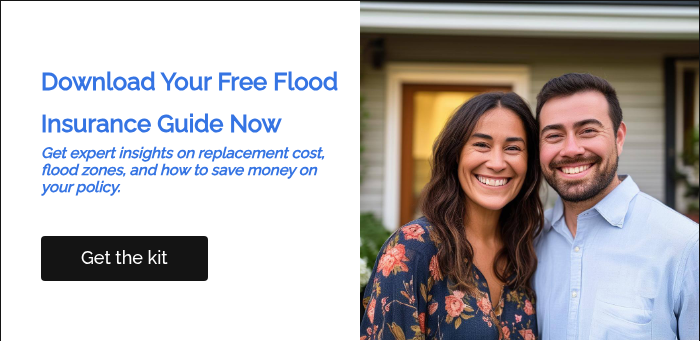
Information contained on this page is provided by an independent third-party content provider. This website make no warranties or representations in connection therewith. If you are affiliated with this page and would like it removed please contact editor @producerpress.com

